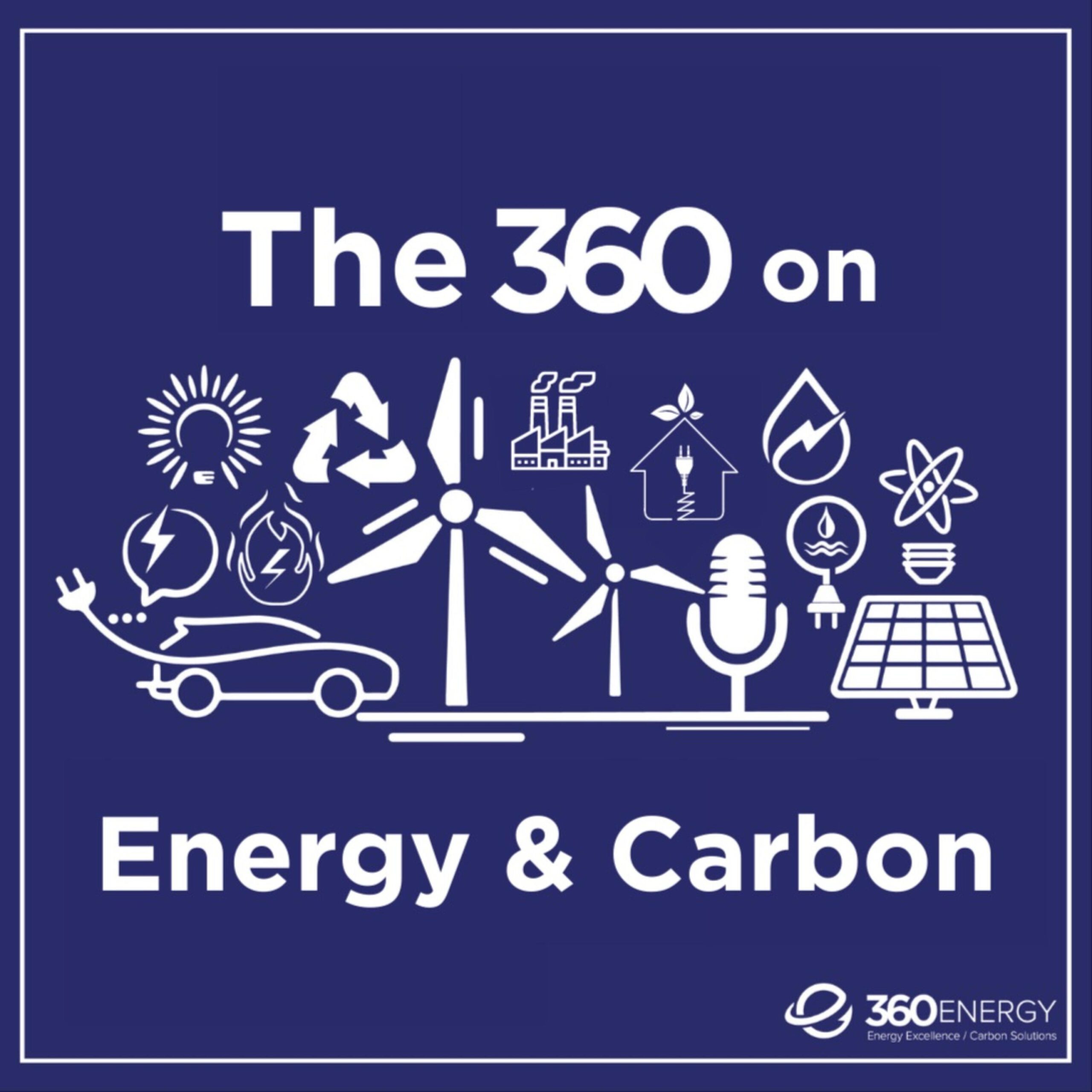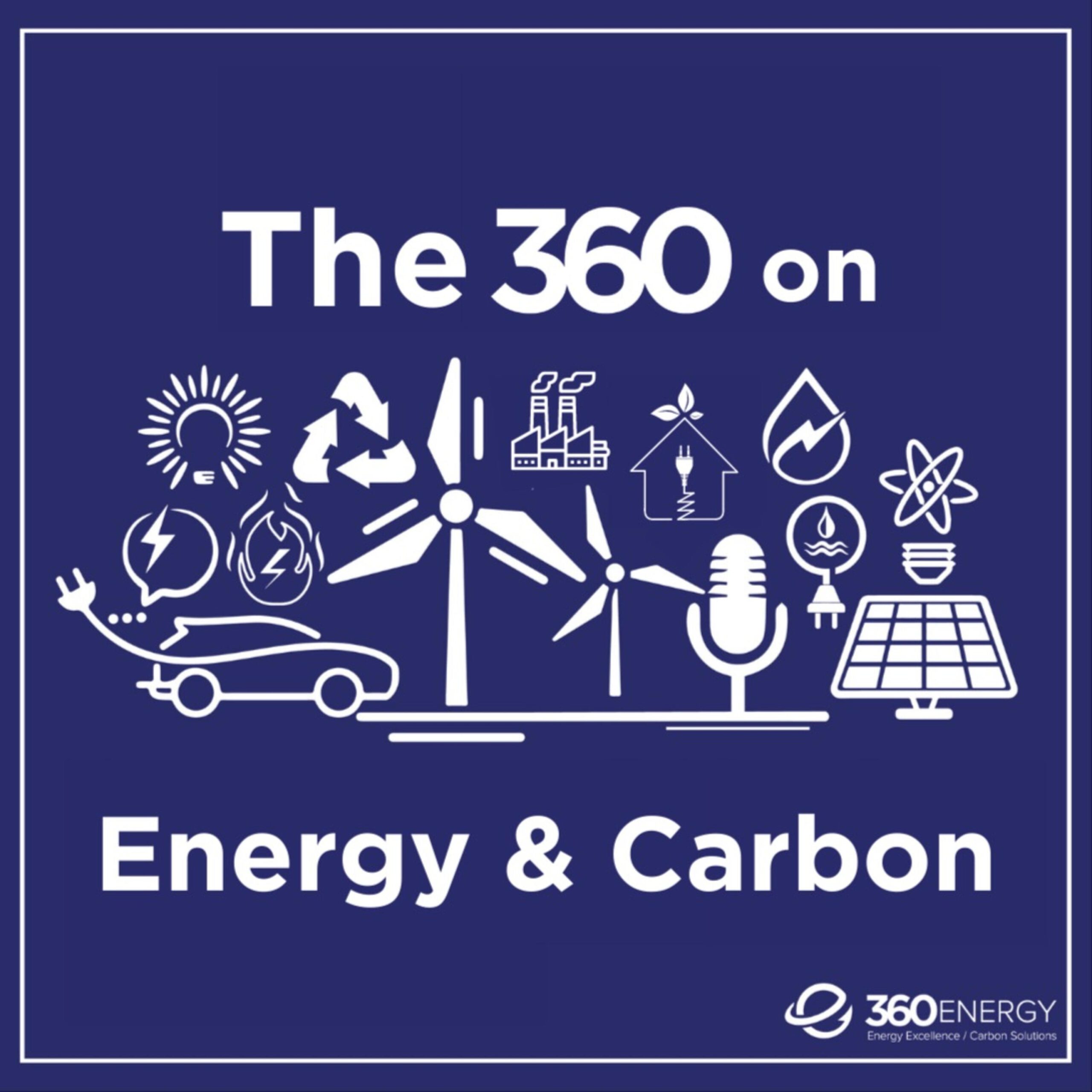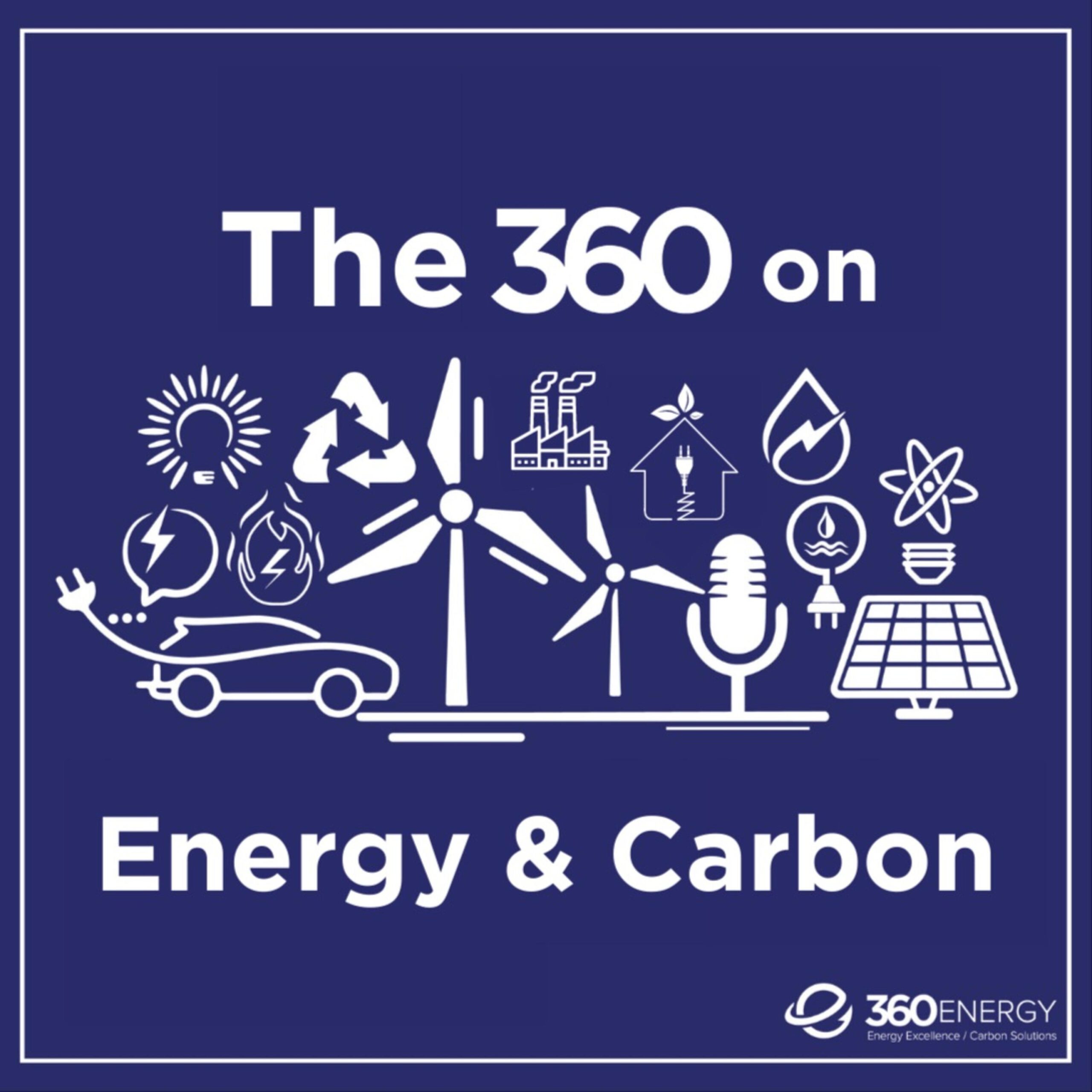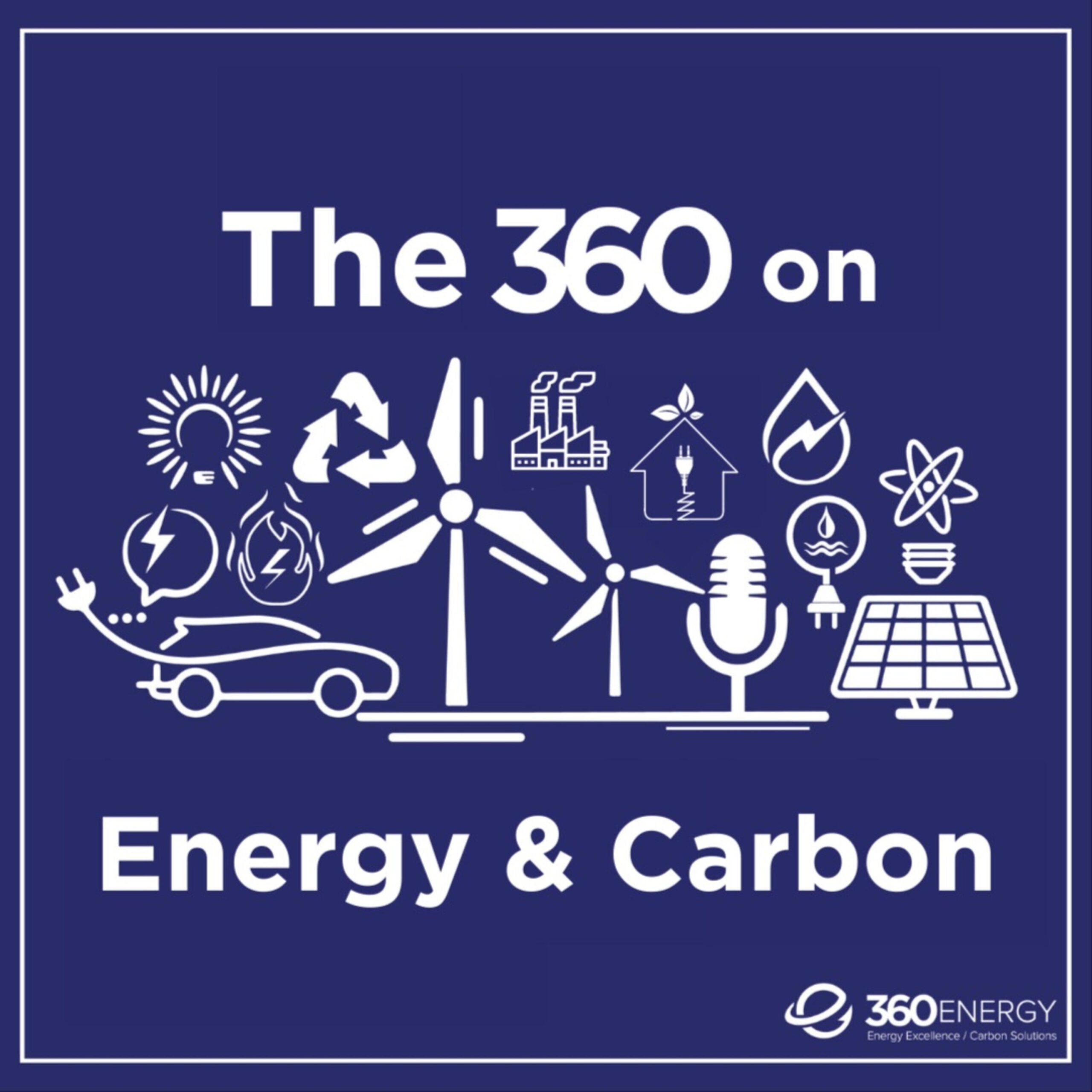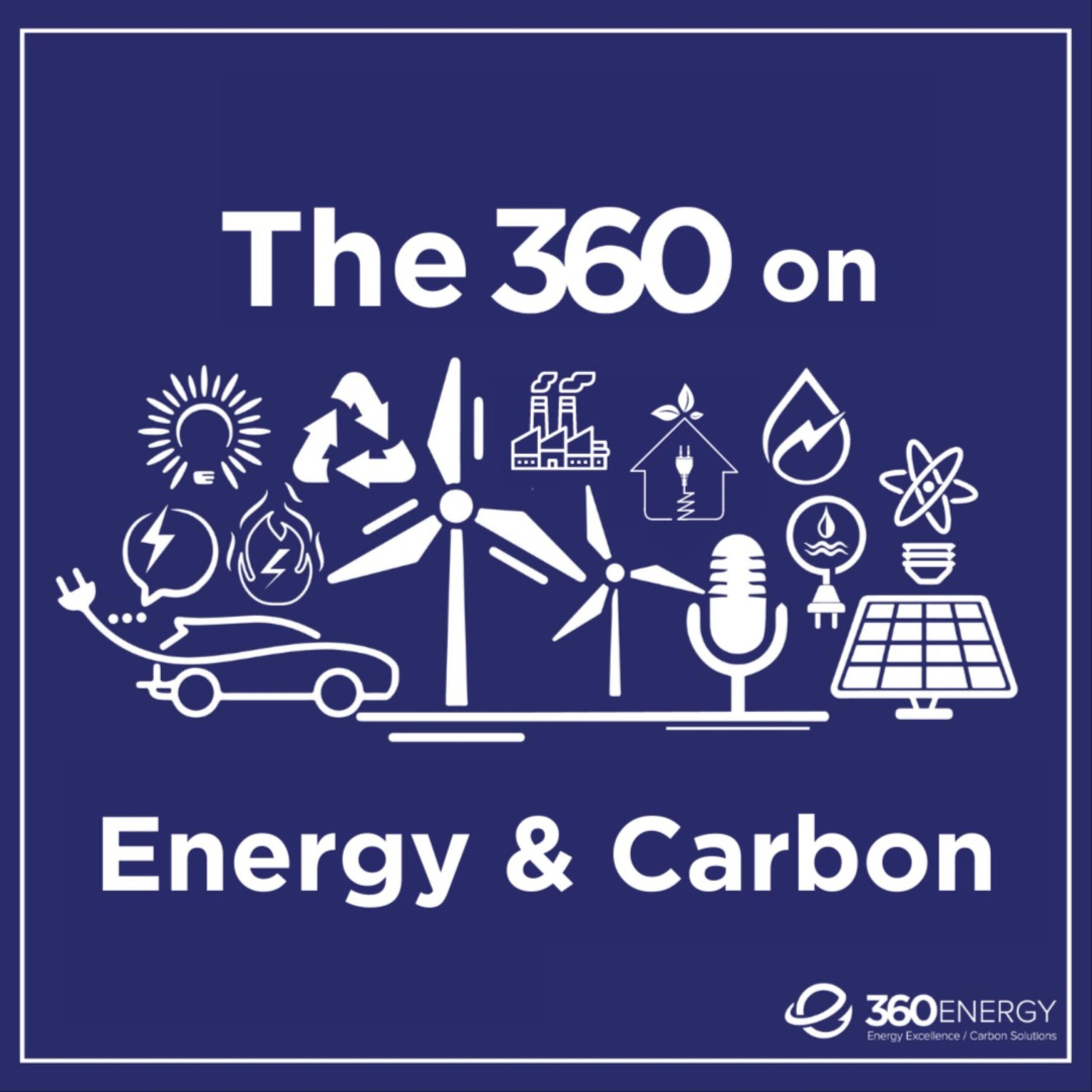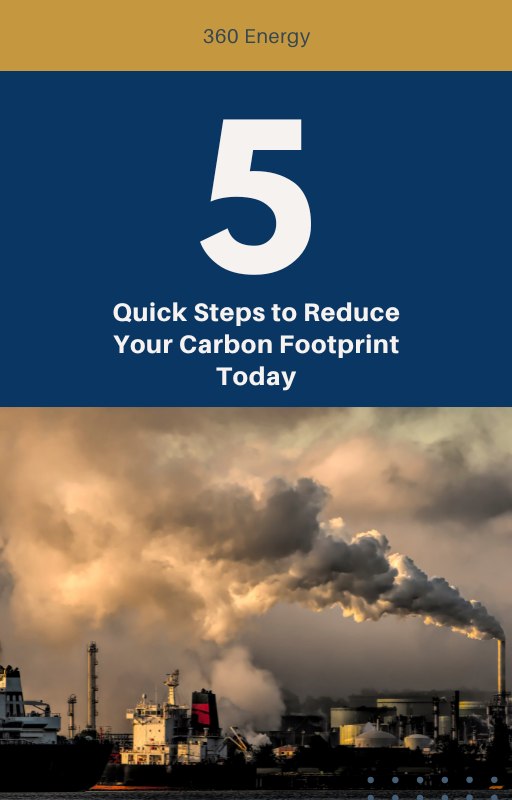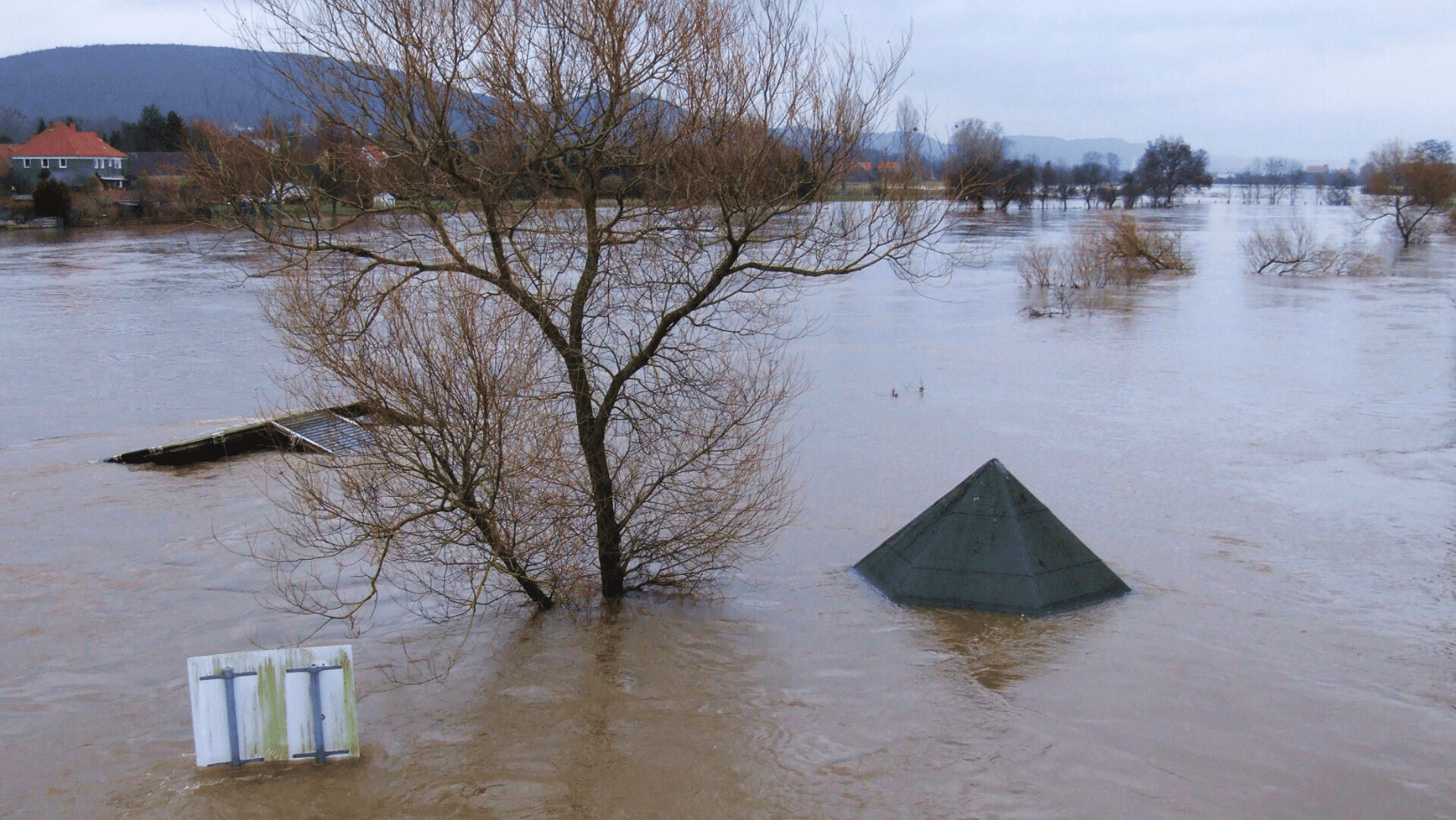
British Columbia’s agricultural producers have been hard hit this year with severe weather powered by a hotter climate.
Last June, a “heat dome” settled over western Canada. A “heat dome” is a phenomenon created by a warming climate.
Temperatures reached well over 40°C for days on end. Poultry producers in the lower mainland of BC lost thousands of birds in the heat. Wildfires destroyed the town of Lytton after recording some of the highest temperatures ever experienced in Canada. Nearly 600 people lost their lives due to excessively high heat.
The heat dome hit Western Canada hit food crop production. Yields were down substantially as a result of the drought conditions across the Prairies. Ranchers had to cull their herds.
Canadians have been stunned by the extent of the most recent floods to hit the BC lower mainland. Motorists have been stranded. Entire cities have been evacuated. Main transportation arteries have been cut. Oil and gas pipelines have been knocked out. Gasoline is being rationed, and travel is being restricted for British Columbians.
Thousands of heads of livestock have perished. Farmers who managed to rescue animals do not have feed or water to give them. Dairy farmers will have to dump their milk because they are cut off from rail and road access. Half of the egg, poultry and dairy production in BC is at risk of being lost.
COVID- 19 related turbulence has disrupted North American supply chains. A severe weather event has hampered road and rail access into and out of the Port of Vancouver – Canada’s largest and busiest port. Delayed shipments as a result of this storm will be experienced across the country. At the moment, it is not clear how long the disruptions will last, but they may well put further upward inflationary pressure on food costs for Canadians.
Some complain that actions to lower the carbon emissions that are warming up the planet’s climate are too costly. How many homes and businesses need to be flooded, how many lives and livelihoods have to be lost, how much physical damage has to occur, how high do insurance rates have to climb, how much infrastructure has to be destroyed, how high do food costs have to rise, how much disruption needs to be experienced – before an awareness takes hold that a hotter climate will be far more costly than the investments made to avoid the problem?
Change needs to happen. Governments alone cannot make the required changes. Society needs us – businesses like yours and mine – to make meaningful changes. Each of us holds the power to make a difference.
Burning energy contributes to the vast bulk of carbon emissions. Canadians do need to start reducing and managing their energy use.

